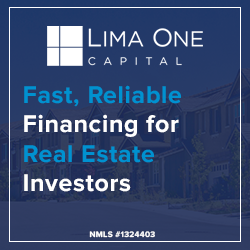
California is Calling You…
Make Valuable REI Connections Here!
Dear Investors,
We just concluded an amazing event in Philadelphia, PA. Our phenomenal educators shared fantastic insight with our guests during our three-day event in the City of Brotherly Love.
Now, it’s time to celebrate our latest magazines with our readers in the West Coast. To make our Investor Summit extra special, we have included additional NEW educators and company resources.
You simply cannot afford to miss this special investor conference. For our out-of-town guests, the venue is conveniently located only 10 minutes from LAX.
Learn IN PERSON, plus enjoy a breakfast networking session and connect with your favorite educators. We hope you can join us in Southern California soon — this conference is worth the travel, we guarantee it.
Connect in California with Amazing Educators:
Joe Arias – Real Success
Marcella Silva – Dirt is Gold
Linda Pliagas – Realty411.com
Rusty Tweed – TFS Properties
Eric Tran – Universal Commercial Capital
Ivana Trisic – Universal Commercial Capital
Alex Haiek – American Financial Lending Inc.
Emily Nesselroad – 3 Fives Properties
Paul Finck – The Maverick Millionaire®
Nick Weaver – 3 Fives Properties
Barry Duron – Alt Lend Mortgage
Jeremy Rubin – The Friendly Flipper
Adiel Gorel – ICG Real Estate
AND MANY, MANY MORE!
For Out-of-Town Guests, the Venue is 10 Minutes from LAX























